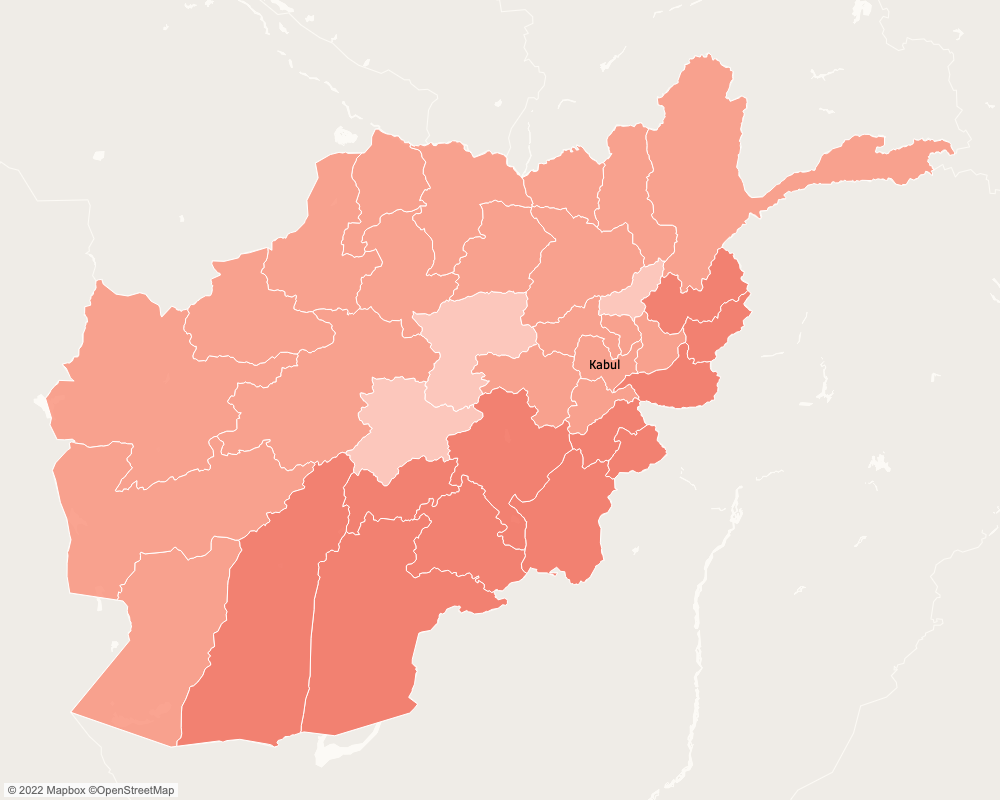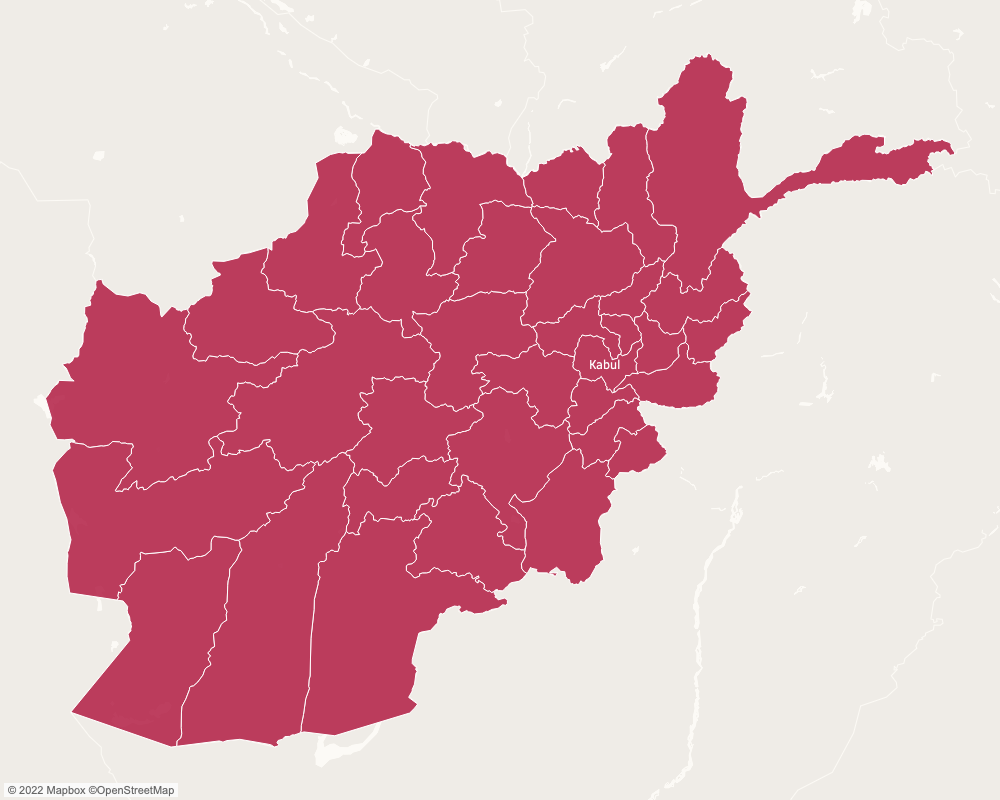After the fall of the Afghan government and the Taliban seized control
of Kabul on August 15, 2021, the remnants of the Afghan military
regrouped in Panjshir and several neighboring districts in Baghlan.
The Taliban defeated this last vestige of resistance by September 6,
2021. By the spring of 2022, resistance to the Taliban began to grow,
primarily under the banner of the National Resistance Front. The
Taliban has surged forces into Panjshir and neighboring districts to
suppress the resistance, but so far has been unsuccessful in defeating
it.
For nearly two decades, the government of Afghanistan — with the help of U.S. and coalition forces – battled for control of the country against the ever-present Afghan Taliban. FDD’s Long War Journal (LWJ) has tracked the Taliban’s attempts to gain control of territory since NATO ended its military mission in Afghanistan and switched to an “advise and assist” role in June 2014. The process of gathering the data for all 407 districts was difficult, and LWJ did not feel a complete picture was presentable until November 2017.
This series of maps was originally created by Bill Roggio/FDD’s Long War Journal for National Geographic to assess Taliban control and influence in Afghanistan’s provinces and provincial capitals. The maps begin with September 10, 2001, and cover several key dates until the Taliban swept into Kabul and defeated the last Afghan government resistance on September 6, 2021.






With the increasing resistance to the Taliban in central and northern Afghanistan, the cycle is sure to continue.
For press inquiries, or requests regarding map
or data usage, email
press@fdd.org